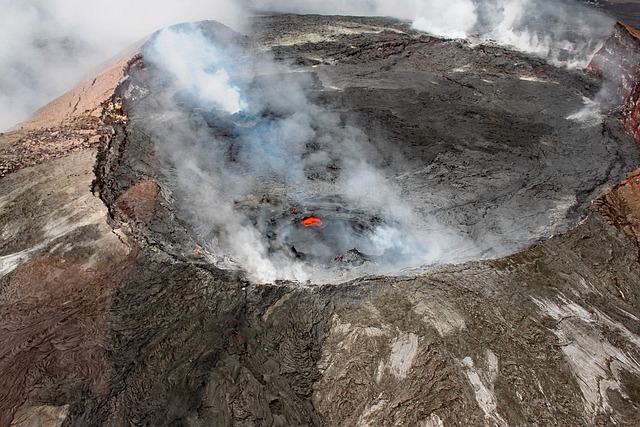Golf courses are more than just sports venues; they are multi-faceted real estate assets that blend natural beauty with designed infrastructure, offering outdoor leisure experiences and investment potential. These properties cater to dining, events, and accommodations, attracting local communities and tourists year-round. The global golf course real estate market is dynamic, appealing to investors seeking financial returns and lifestyle opportunities. With strategic management, golf courses can become thriving centers of activity while preserving natural resources. Post-pandemic trends in outdoor leisure boost demand for multi-purpose golf course properties, enhancing their value in the real estate market. Investing in golf courses combines financial prospects with real estate appeal, offering long-term value appreciation.
Golf courses, beyond their primary role as recreational hubs, have emerged as unique and valuable real estate assets. This article delves into the multifaceted world of golf course development and leisure activities, exploring how strategic investments can enhance property values. We’ll analyze the market trends for golf course real estate, discuss benefits and considerations for investors, and present compelling case studies of successful developments. Furthermore, we’ll delve into diversifying revenue streams through ancillary outdoor activities, sustainable design practices, and eco-friendly initiatives that cater to environmentally conscious individuals, ultimately enriching the overall visitor experience.
The Golf Course as a Unique Real Estate Asset

A golf course is more than just a green expanse; it’s a unique real estate asset that seamlessly blends natural beauty with meticulously designed infrastructure. The value of a golf course lies not only in its ability to provide an unparalleled outdoor leisure experience but also in its potential as a lucrative investment. Real estate enthusiasts recognize the strategic importance of location, and golf courses, often nestled in picturesque settings, offer both seclusion and accessibility, appealing to a wide range of buyers and visitors alike.
These properties cater to various activities beyond the game itself, including dining, social events, and residential accommodations. The integration of real estate elements enhances the overall experience, creating a vibrant ecosystem that attracts local communities and tourists year-round. With proper management, golf courses can become thriving centers of activity, contributing significantly to the economic landscape while preserving natural resources.
– Exploring the market for golf course real estate

The global market for golf course real estate is a dynamic and lucrative sector, attracting investors seeking both financial returns and lifestyle opportunities. Golf courses themselves are not just sporting amenities; they’re often beautifully landscaped properties that can include residential areas, commercial spaces, and recreational facilities. This diverse appeal makes them valuable assets in the right locations.
Whether it’s an established course in a vibrant urban setting or a newly developed property in a scenic rural area, golf course real estate offers unique selling points. Proximity to major cities, access to high-end amenities, and the potential for community building through shared leisure activities contribute to their desirability. As outdoor leisure continues to gain popularity, especially post-pandemic, the demand for these multi-purpose properties is expected to rise, further enhancing their value in the real estate market.
– Benefits and considerations for investors

Investing in golf courses offers a unique blend of financial opportunities and considerations. For real estate enthusiasts, acquiring or developing a golf course property can be an attractive proposition due to its potential for long-term value appreciation. The outdoor leisure sector has been experiencing steady growth, with an increasing focus on health and wellness activities, making golf an appealing option for investors seeking diversification. Golf courses attract not only avid golfers but also tourists, locals, and corporate clients, creating a diverse customer base. This broad appeal ensures consistent revenue streams through green fees, membership subscriptions, and event hosting.
Additionally, the real estate aspect of golf course ownership presents several advantages. These properties often come with expansive land, offering opportunities for additional development, such as luxury housing, country clubs, or commercial spaces. Strategic marketing and management can turn these locations into prime real estate assets, catering to a range of buyers and renters. Moreover, investors should consider the potential for partnerships with renowned golf brands or organizations, which can enhance the course’s reputation and attract top-tier tournaments, further boosting its market value and desirability.






